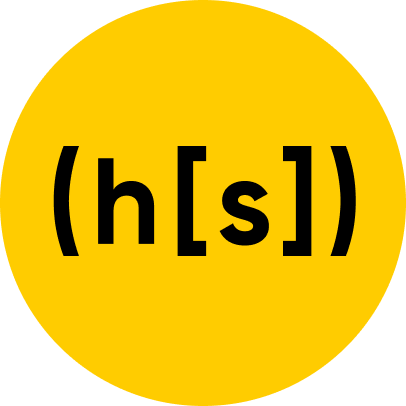Hugh Hessing has spent his career in senior leadership roles and over a decade delivering transformation consulting in Financial Services. He joined Aviva, the largest general insurer in the UK, in 2006, overseeing various parts of its life and General Insurance business, before becoming Chief Operating Officer of Aviva UK in 2018. Today, Hugh is a senior adviser to insurtech and financial services companies, focusing on growth and sustainable profit strategies.
With the world as we know it changing, we spoke with Hugh about his thoughts on digital transformation, automation, and “putting the customer at the heart of everything whilst sustainably improving revenue and efficiency.” Check out part 1 here and part 2 below.
How do you think about evaluating new technologies?
At my last company, we understood demand and what mattered most to each customer across our different lines of business – life and pensions, wealth management, general insurance, corporate customers as well as individual customers. And yes, they wanted their claims paid and something specific within the product that they bought, but all of them wanted 2 things: accuracy, and speed or ease.
For us, the key KPIs were ones that meant we were meeting customers’ needs every single time. So accuracy and ease were always high up there. If I can have less touchpoints and less interventions into processes, if I can reimagine those processes and automate them to make it much more efficient, that’s a huge win not just for the customer but for myself.
Ease, simplicity, and putting your customers more in control of the products they’ve bought is critical when it comes to automation.
What emerging technologies are you following and how should other executives be thinking about the changing insurtech (and fintech) landscape?
For a long time, we’ve been using robotic automation, and that’s worked well where we didn’t need a big investment. But now with the development of machine learning, we’re focused on more sophisticated, intelligent forms of automation. I want automation that can understand a task or demand that a customer has given us and act accordingly. I want to be able to calibrate what that task is and what I need to do for the customer, and then balance what a machine can handle versus what can be given to an agent. 50% of our demands are really straightforward, menial tasks, and about another 25% – with a bit of cognitive help – are simple tasks that just need to get done. That level of sophistication and automation with understanding is what I’ve been looking for over the last 4-5 years, and it’s why I created an interest in Hyperscience.
What caught my attention about Hyperscience, specifically, was the out-of-the-box accuracy and high levels of automation that continue increasing over time. Of course I wanted to challenge that and see it for myself, and I feel pretty confident now, with the data that I’ve received, that this is an exceptionally good offering. It was also a technology that you could assess results quickly and then decide to integrate into our architecture. Quick results with relatively simple implementation.
Where do you see Hyperscience adding value in the insurance industry?
Anyplace where I’ve still got paper processes, where I’ve got manual re-keying of data, Hyperscience is a no-brainer. Hyperscience is making a difference by helping to capture data and then getting it rapidly into the decision-making process.
The other thing that really attracted me to Hyperscience is that every executive has a grid running in their head about what they would love to spend money on for the big outcomes and what they can spend money on, and Hyperscience offers those desired results quickly with relatively low invasiveness into current IT architecture. It’s critical for a tool like Hyperscience to be able to come in and understand the data and information to turn those into data for the end users.
What other trends are you following?
What I’m looking for is constant learning, which is why I get excited by intelligent automation. I want the machine to show me it’s learning, and I want the machine to show me it’s getting better. So my reliance on people to support a menial process just dissipates, and I can put them on other value-add things.
I’m fascinated by new tech not because I’m a technologist, but because I’m interested in how tech can change underlying business models. I’m looking for those companies that can really turn machine learning into much deeper automation into the task lifecycle and complexity. At Hyperscience, you’ve got great building blocks that I see adding value across a number of companies and industries.
You’ve got the first stage of data extraction, so naturally, why doesn’t the core capability of your tech go the next step and the next step and the next step? I know that customers want easier, frictionless and simpler transactions, and if I can get a machine to do the vast majority of my demand, then customers can have an easier, faster experience.
Thank you to Hugh for your time and insights! You can connect with him on LinkedIn here.

